In a stunning development that has sent ripples through the gemstone world, Botswana has once again cemented its position as a diamond powerhouse. The recent unearthing of a 2,492-carat rough diamond at the Karowe mine has captivated global attention, marking a historic moment in the annals of diamond mining. This extraordinary find not only showcases the country’s mineral wealth but also highlights the advanced technologies employed in modern diamond recovery.
The discovery of this colossal gem, second only to the legendary Cullinan diamond, underscores Botswana’s significance in the global diamond market. As one of the world’s leading diamond producers, accounting for approximately 20% of global production, Botswana continues to play a pivotal role in shaping the industry’s landscape. This remarkable find not only promises substantial economic benefits but also reignites discussions about the future of diamond mining, sustainable practices, and the delicate balance between natural resource exploitation and national development.
Karowe Mine’s Remarkable Yields
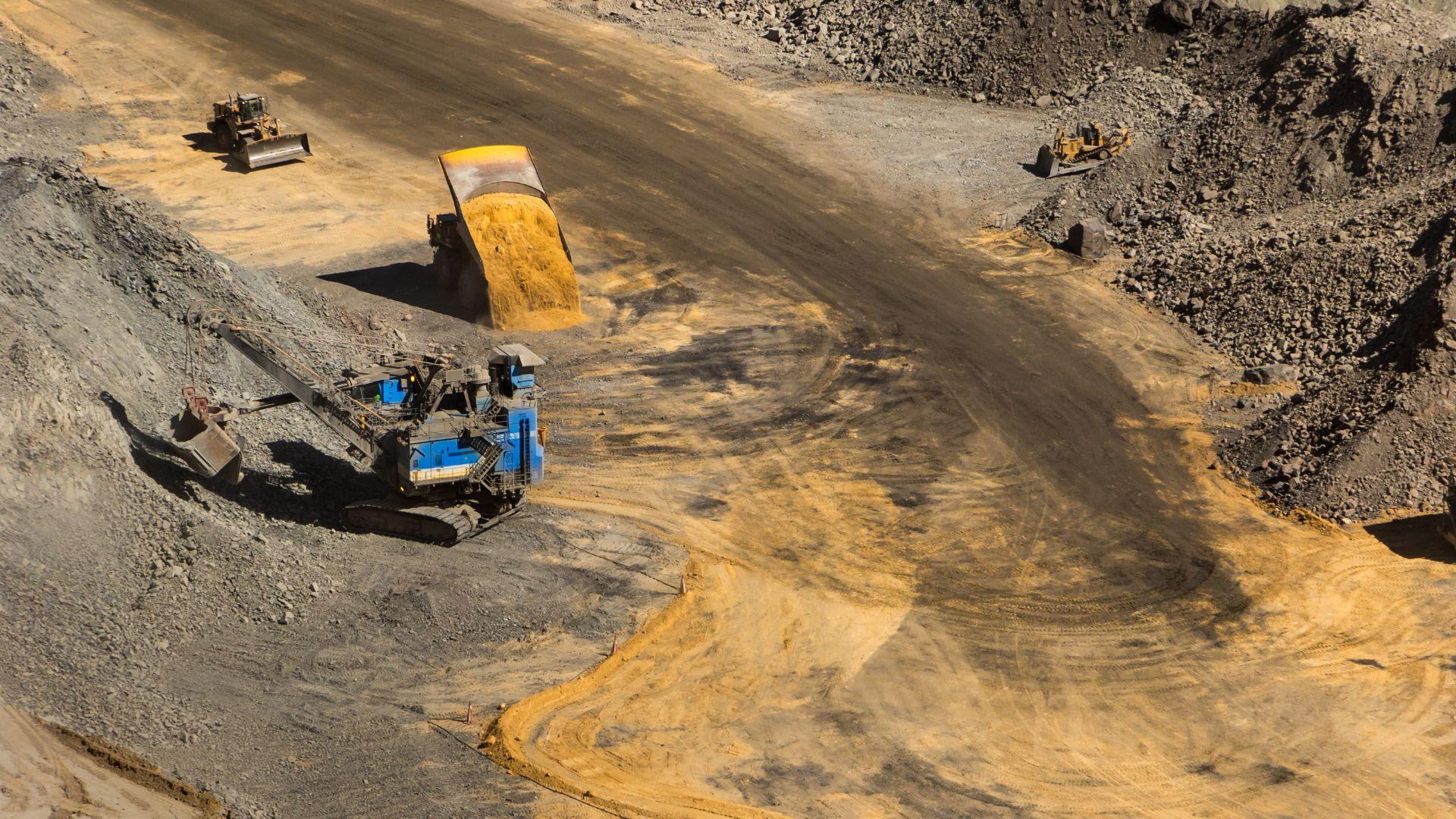
The Karowe mine in Botswana has consistently produced exceptional diamonds, solidifying its reputation as a world-class deposit. This site, located 500km north of Gaborone, has yielded several notable finds, including the recent 2,492-carat stone and a previous 1,758-carat diamond in 2019.
These discoveries highlight the mine’s potential and the effectiveness of advanced recovery techniques employed by Lucara Diamond. The consistent production of large, high-quality diamonds from Karowe not only boosts Botswana’s economy but also maintains the country’s status as a premier diamond-producing nation.
Diamond Recovery Technology Advancements
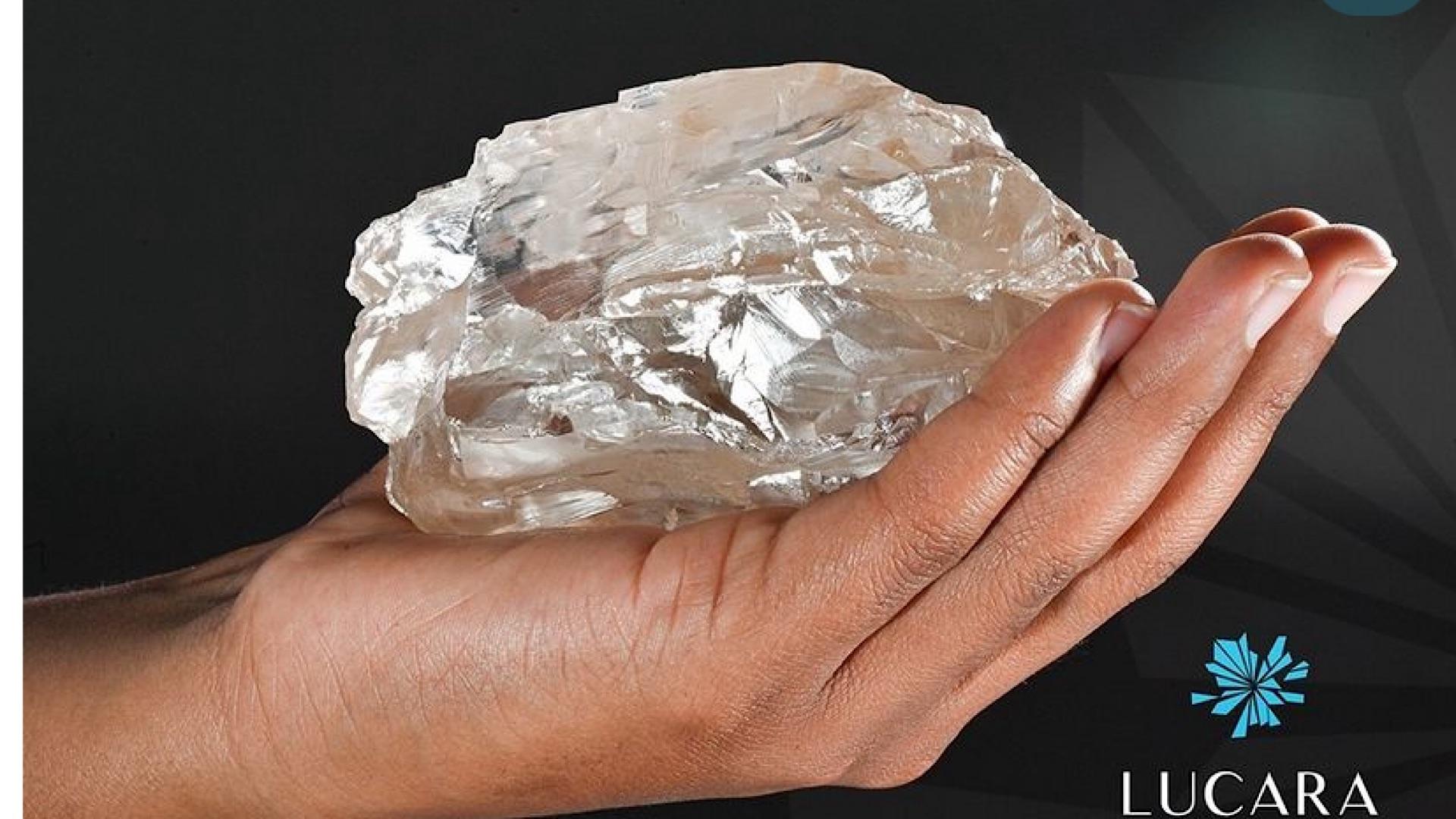
The implementation of Lucara’s Mega Diamond Recovery X-ray technology since 2017 has revolutionized the diamond extraction process. This innovative system enables the identification and preservation of high-value diamonds, preventing breakage during ore-crushing procedures.
The success of this technology is evident in the recovery of the 2,492-carat diamond, demonstrating its ability to detect and protect large stones. As mining companies continue to invest in such advancements, the industry can expect improved yields and reduced damage to valuable gemstones, potentially reshaping the future of diamond mining.
Botswana’s Diamond Industry Impact
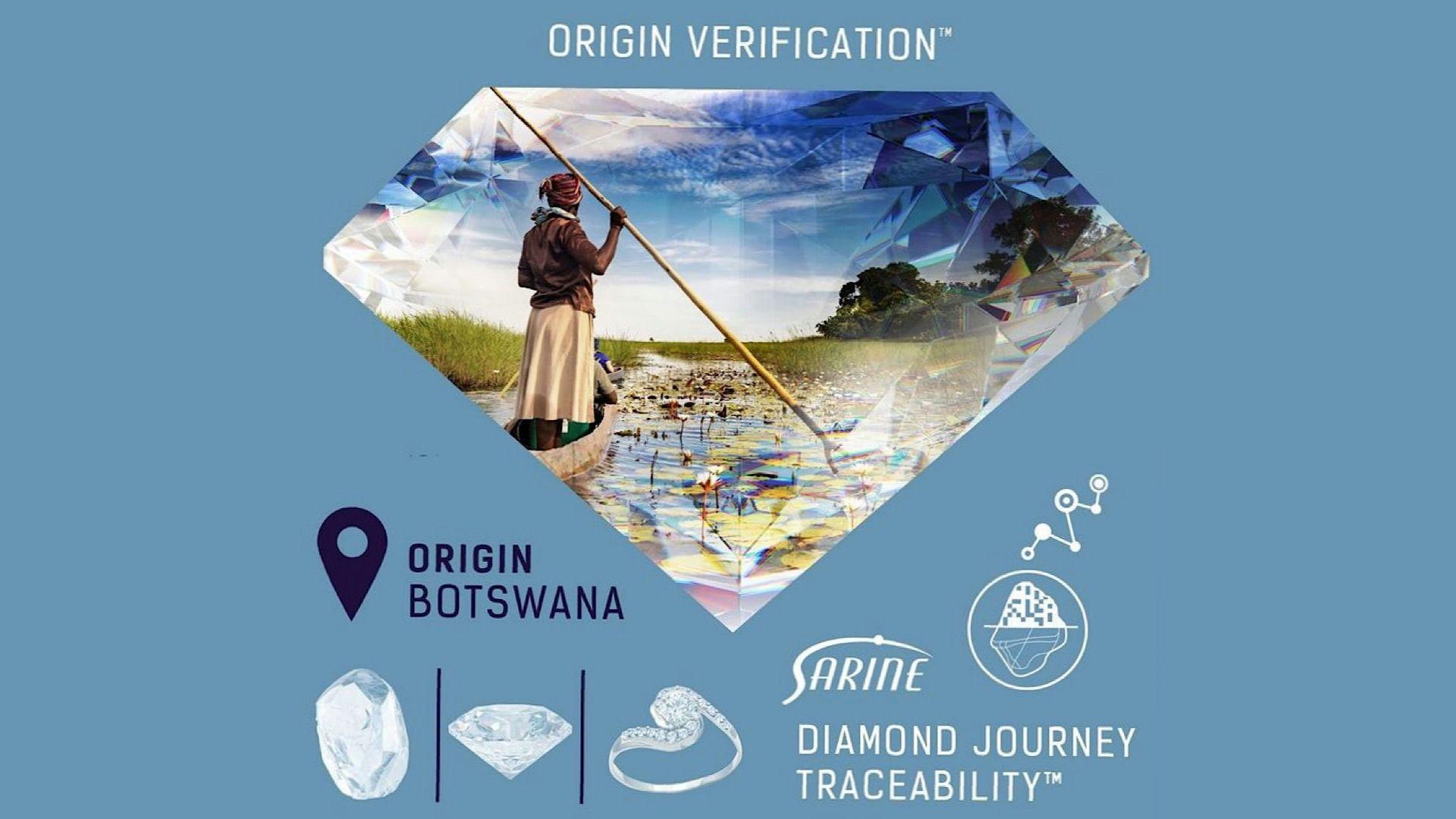
Botswana’s diamond industry has been a cornerstone of its economy, contributing significantly to its development since independence. The country accounts for approximately 20% of global diamond production, positioning it as a key player in the international market.
This latest discovery further cements Botswana’s reputation and could potentially attract more investment in its mining sector. Moreover, the government’s proposed law requiring mining companies to sell a 24% stake to local firms demonstrates a commitment to ensuring that the benefits of the diamond industry are more widely distributed among its citizens.
Comparing Historical Diamond Discoveries
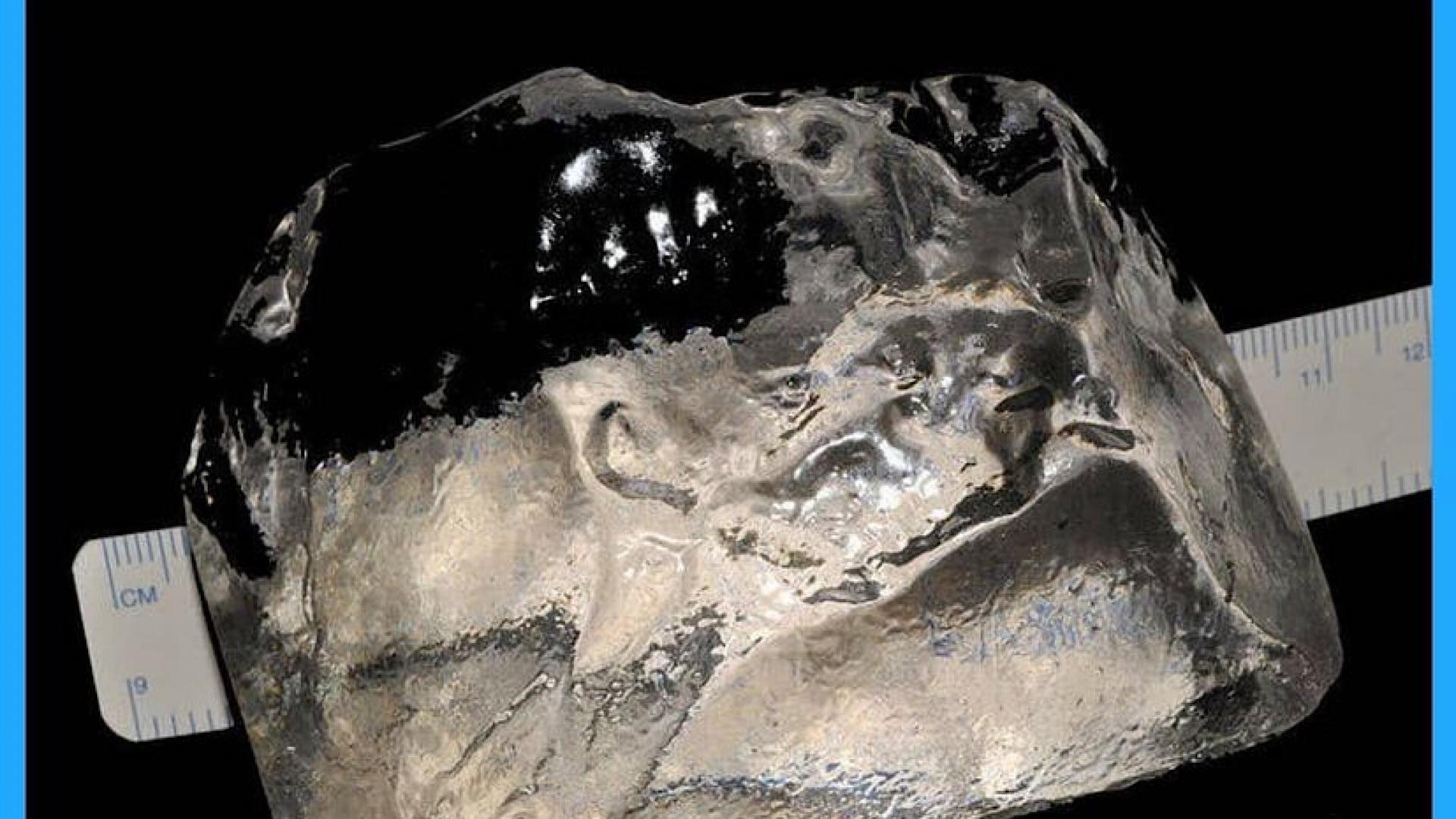
The 2,492-carat diamond from Karowe mine is the second-largest rough diamond ever found, surpassed only by the 3,106-carat Cullinan diamond discovered in South Africa in 1905. This comparison puts into perspective the rarity and significance of Botswana’s recent find.
While the Cullinan was cut into nine separate stones, many of which now adorn the British Crown Jewels, the fate of this new discovery remains to be seen. The historical context of these large diamonds often intertwines with cultural heritage and national pride, making each discovery a unique event in the annals of gemstone history.
Economic Implications for Botswana
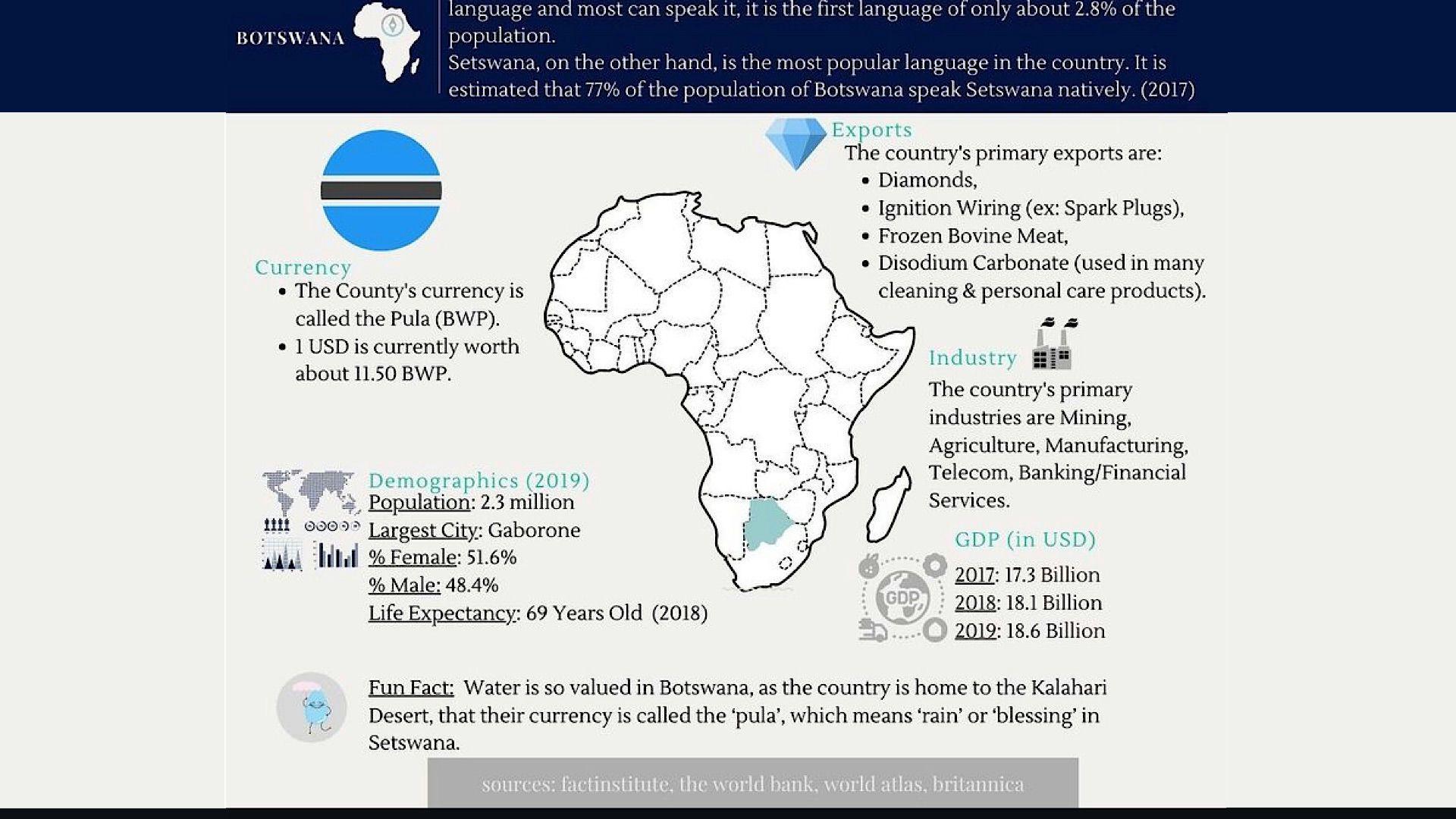
The discovery of such a large diamond has far-reaching economic implications for Botswana. While the exact value remains undisclosed, estimates suggest it could be worth upwards of $40 million, providing a significant boost to the country’s revenue.
This windfall could contribute to various sectors of Botswana’s economy, potentially funding infrastructure projects, education initiatives, or healthcare improvements. Furthermore, the international attention garnered by this discovery may stimulate increased foreign investment in Botswana’s mining sector, potentially leading to long-term economic benefits.
Lucara Diamond’s Mining Success
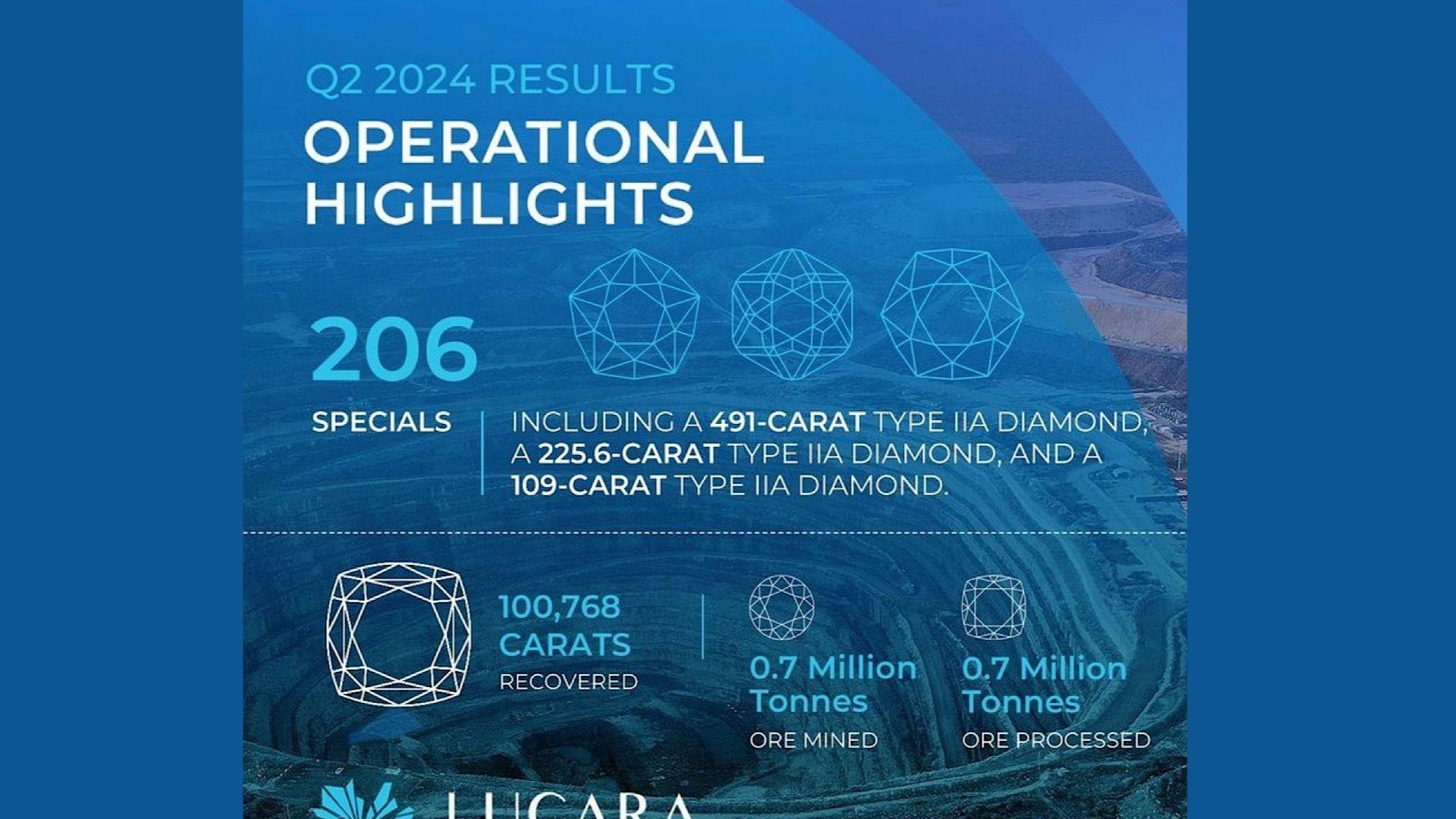
Canadian firm Lucara Diamond has established itself as a major player in the diamond mining industry through its operations at the Karowe mine. The company’s 100% ownership of the mine has proven to be a lucrative investment, yielding several record-breaking stones.
Lucara’s success can be attributed to its investment in cutting-edge technology and efficient mining practices. The company’s ability to consistently recover large, high-quality diamonds not only boosts its market value but also contributes significantly to Botswana’s economy, demonstrating the potential for mutually beneficial relationships between foreign companies and resource-rich nations.
Global Diamond Market Dynamics
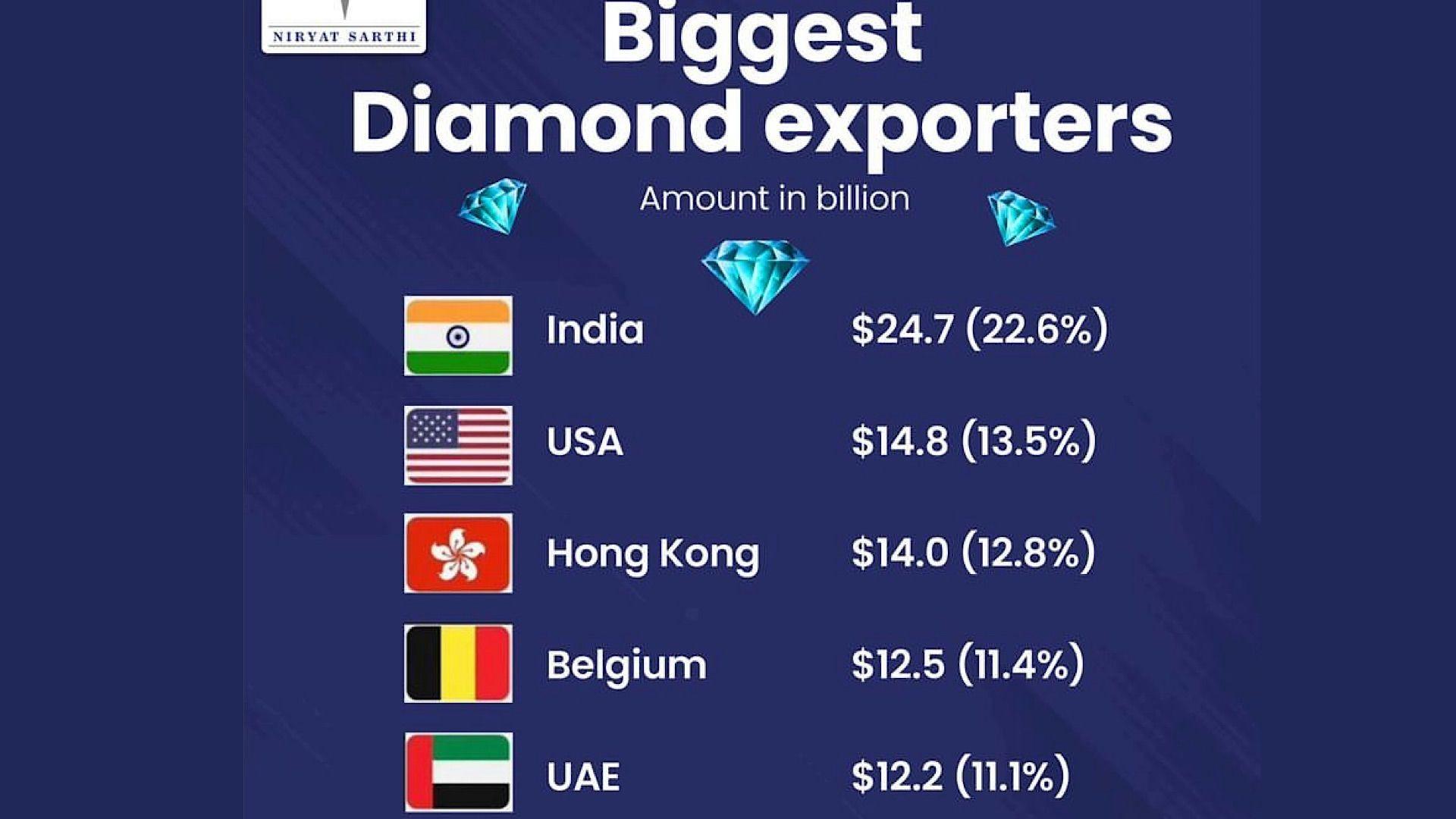
The discovery of such a large diamond inevitably impacts the global diamond market. While the supply of smaller diamonds has been affected by lab-grown alternatives, exceptionally large natural diamonds remain highly sought after for their rarity and prestige.
This find may influence diamond prices, especially in the high-end market. It also underscores the continuing importance of natural diamond mining in an era where synthetic diamonds are gaining traction. The market’s response to this discovery will likely provide insights into evolving consumer preferences and the perceived value of natural versus lab-grown diamonds.
Gemstone Valuation and Processing

The valuation of large, rough diamonds like the 2,492-carat stone involves complex factors including clarity, color, and potential yield after cutting. Experts will meticulously study the stone to determine its optimal cutting strategy, balancing size with quality to maximize its value.
The processing of such a significant diamond is a delicate and time-consuming task, often taking months or even years to complete. The decisions made during this process can dramatically affect the final value of the gemstones produced. The eventual fate of this diamond, whether it becomes a single large stone or multiple smaller ones, will be a subject of great interest in the gemological world.
Botswana’s Resource Management Policies
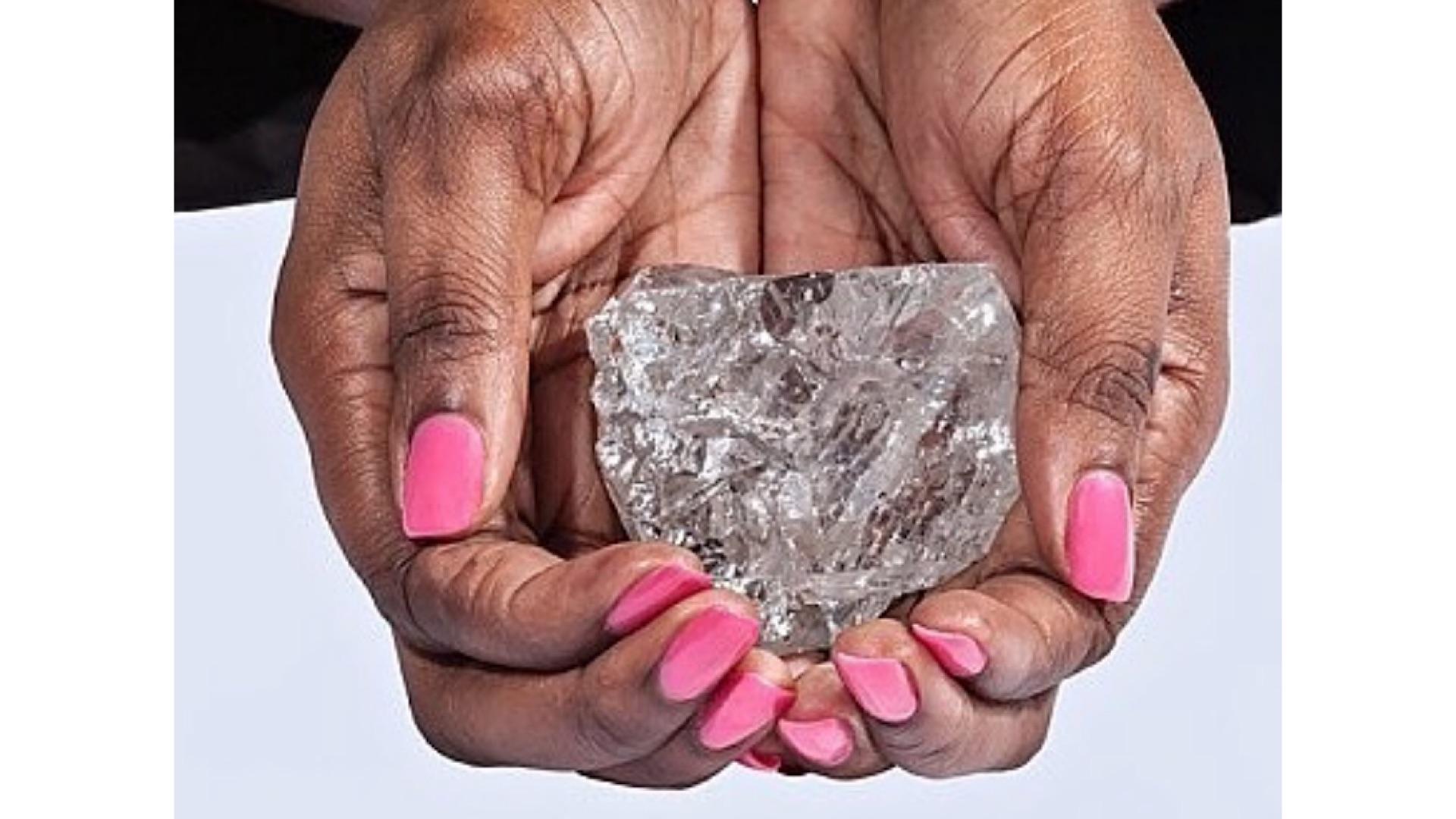
Botswana’s approach to managing its diamond resources has been widely regarded as a model for other resource-rich nations. The country has leveraged its mineral wealth to drive economic development while maintaining political stability and investing in social programs.
The proposed law requiring mining companies to sell stakes to local firms represents a continuation of this strategy, aiming to increase local participation in the industry. This policy, along with Botswana’s history of prudent resource management, demonstrates the country’s ongoing commitment to ensuring that its natural resources benefit its citizens for generations to come.

